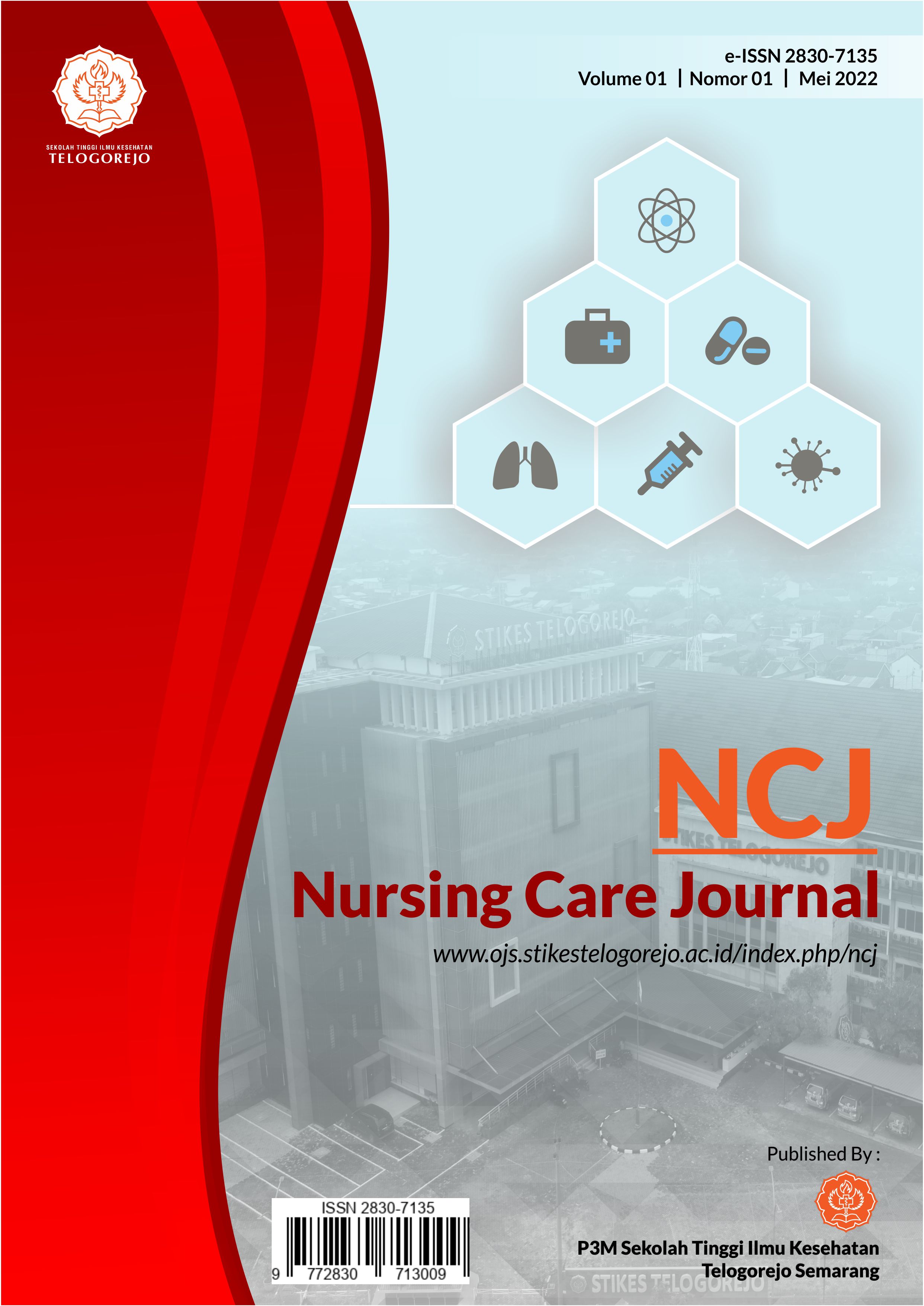EFFECT OF FOOT EXERCISES ON INDEX BRACHIAL ANKLE VALUES IN PATIENTS WITH DIABETES MELLITUS
DOI:
https://doi.org/10.63520/ncj.v2i2.649Keywords:
Diabetes Mellitus, Foot Exercises, ABI ValueAbstract
Diabetes Mellitus is a hereditary disease and a non-communicable disease which is always experiencing an increase in the number of patients. Diabetes Mellitus can cause complications of microangiopathy and macroangiopathy. One of the complications experienced by diabetes mellitus patients is neuropathy and peripheral arterial disease. One way to find out about circulation disorders is to carry out an Ankle Brachial Index (ABI) examination. One exercise to overcome vascular problems is diabetic foot exercises. Foot exercises are carried out with the aim of preventing complications of tissue damage in peripheral areas such as the feet and preventing complications such as diabetic ulcers. The aim of this study was to determine the effect of foot exercises on the Ankle Brachial Index value in Diabetes Mellitus patients. This research method uses quantitative research with a pre-experimental research type with a pre test-post test one group design approach. The results of the statistical analysis show that the sig (2 tailed) ABI value is 0.000 or <0.005 with an average change in the ABI value before and after 0.10, so from the results of the paired t test it is stated that Ho is rejected, which means there is an influence of leg exercises on ABI value.Conclusion, foot exercises can be an intervention that can be given by diabetes mellitus patients to prevent complications that can occur such as diabetic wounds because foot exercises will increase peripheral vascularization by increasing the ABI value.
References
Ansori. (2022). Quantitative Research Methods Edition 2. Langga University Press.
Black, Hawks. (2014). Surgical Medical Nursing: clinical management for expected outcomes. EGC.
Ilminovia, F., Heri Nugroho, K., & Ismail, A. (2015). YOUNG MEDICAL MEDIA THE RELATIONSHIP BETWEEN THE STATUS OF DIABETES MELLITUS AND THE STATUS OF PERIPHERAL ARTERY DISEASE (PAP) IN HYPERTENSIVE PATIENTS. In Akhmad ISmail MMM (Vol. 4, Issue 4).
International Diabetes Federation. (2021). Internatioanl Di abetic Federation Diabetic Atlas 10th Edition.
Mangiwa, I., Katuk, M. E., Sumarauw, L., Study, P., Nursing, I., Medicine, F., Sam, U., & Manado, R. (2017). THE EFFECT OF DIABETIC FOOT GYMNASTICS ON THE VALUE OF ANKLE BRACHIAL INDEX IN PATIENTS WITH TYPE II DIABETES MELLITUS AT PACARAN KASIH HOSPITAL GMIM MANADO (Vol. 5, Issue 1).
Sugiyono. (2017). Quantitative, Qualitative, and R&D Research Methods. Alphabet.
Switlyk, K. J., & Smith, G. (2016). Updates in diabetic peripheral neuropathy [version 1; referees: 3 approved]. https://www.ncbi.nlm.nih.gov/pmc/artic.
Zheng, Y., Ley, S. H., & Hu, F. B. (2018). Global aetiology and epidemiology of type 2 diabetes mellitus and its complications. Nature Reviews Endocrinology, 14(2), 88–98. https://doi.org/10.1038/nrendo.2017.151
Downloads
Published
Issue
Section
License
Copyright (c) 2025 Nursing Care Journal

This work is licensed under a Creative Commons Attribution-ShareAlike 4.0 International License.





